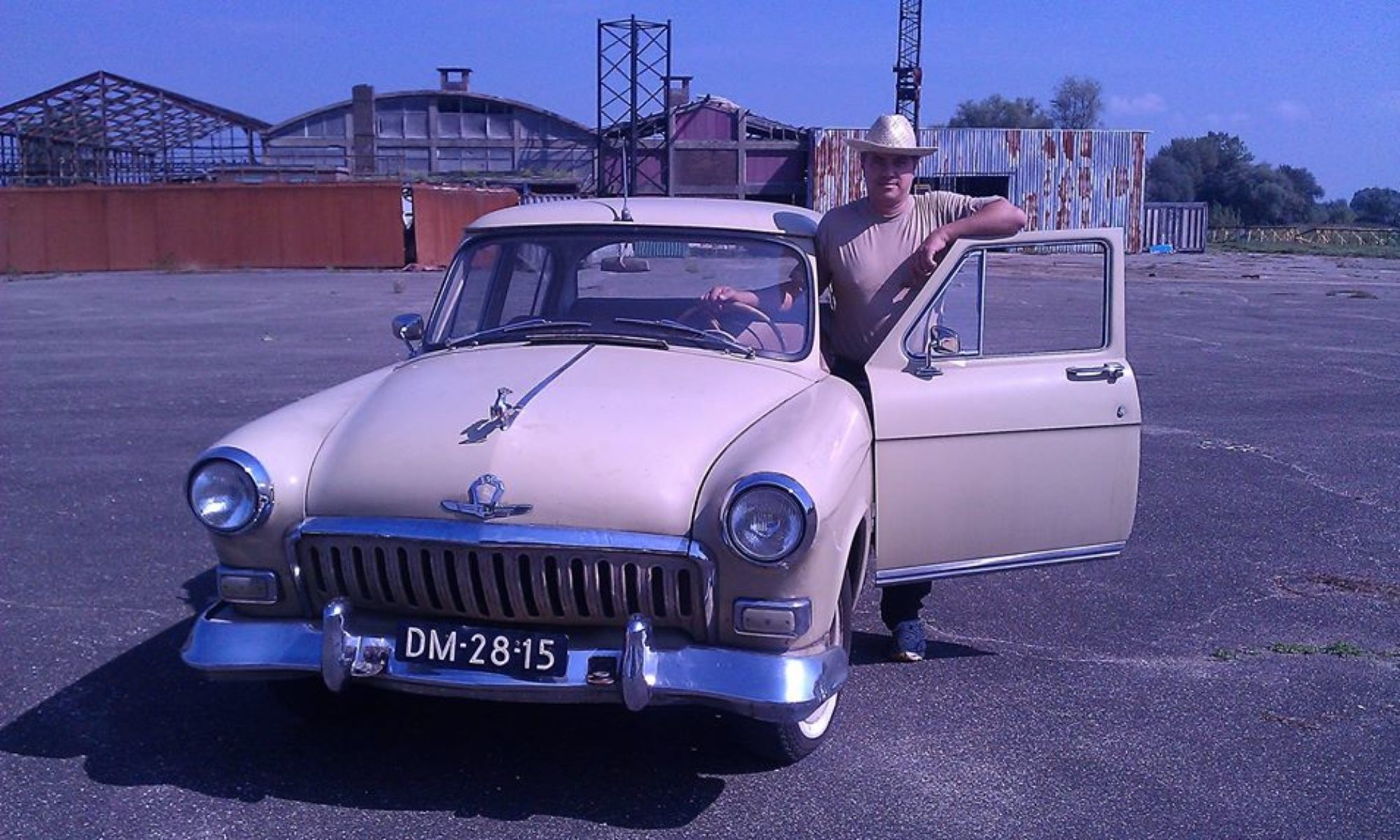UPDATE Febr. 5, 2015
Mr. Charles Wood analyzed Bellingcat article Examining the MH17 Launch Smoke Photographs written by Daniel Romein. I chose to post the entire analysis unedited in this post.

In the comment section of Bellingcat’s article writer Daniel Romein praises the “constructive feedback” of Charles Wood. However, almost all of Mr Wood’s constructive feedback is simply ignored and the latter emailed me that his response to Romein’s long attack in the comment section was deleted. Mr. Woods response was deleted and later undeleted:
Charles Wood – February 4th, 2015
Bellingcat deletes response Charles Wood
UPDATE Febr. 4, 2015
Mr. Charles Wood analyzed Bellingcat article Examining the MH17 Launch Smoke Photographs written by Daniel Romein. I chose to post the entire analysis unedited in this post. (See original article February 2 below.)
Now there is news.
In the comment section of Bellingcat’s article writer Daniel Romein praises the “constructive feedback” of Charles Wood. However, almost all of Mr Wood’s constructive feedback is simply ignored and the latter emailed me that his response to Romein’s long attack in the comment section was deleted.
To be continued with, of course, Mr. Wood’s comments in the next update.
Charles Wood – February 2nd, 2015
-
See http://7mei.nl/2015/02/02/mh17-bellingcat-photo-proof-spoof/ for actual meteorological data at the time.It was mild to brisk winds with little directional change over many hours -
Charles Wood – February 2nd, 2015 To be pendantic, it was mild to moderate winds (Based on the Australian Bureau of Meteorology nomenclature from the Beaufort scale). The low speed of the winds and very slow direction change indicate no local wind conditions that could cause the apparent plume shift
-
http://www.youtube.com/watch?v=hiAudmHkFN8
As you obviously can see the trails of Grad rockets are grey and the rockets are not fired high in the sky, but with an angle of approximately 45 degrees. It wouldn’t make much sense to fire a Grad straight up in the air, since the Grad rocket is supposed to hit a ground target. Sounding rockets in a Grad artillery unit we haven’t seen in any video, but if you can provide a source, it would be very helpful.We have chosen deliberately not to publish any metadata of the photographs of 17 July 2014, which is clearly written in our article, to protect the privacy and safety of the photographer. Publishing this metadata would reveal the identity of the photographer and the type of camera that was used. This does not mean we have not examined the metadata of the photographs (we did with various tools like ExifTool). We can add that the camera supports automatic daylight saving and also leap years (almost all modern cameras support both).The moment a photograph is copied to an external device, the destination file will have not only a different creation date (which indeed could be altered), but also modified fields in the metadata. Every OS changes fields in the metadata (and not only the exif data), which can be revealed with tools like ExifTool. A forger would need to have in depth knowledge of all metadata codes, since the risc the file becomes corrupt when altering the data with a hex editor is quite big. As far as I know Photo editing software that saves images in RAW format does not exist, but if you can provide an example, it would extend my knowledge significantly. For Photo editing software it wouldn’t make any sense to save images back in negative format, since the purpose of this software is to generate a visible (positive) image. However, converter tools that convert positive image format back in negative format do exist, but this proces would change metadata as well. More information about RAW images can be found here:
http://www.luminous-landscape.com/tutorials/understanding-series/u-raw-files.shtml
In our article a darkened version of the photograph shows clearly the grey plume is connected with the white smoke trail and a less stronger ground wind is not an impossible meteorological effect, it is well known that ground wind suffers more friction. Nowhere in our article do we mention a storm or inversions. As you can see on historical weather websites as meteo.ua and worldweatheronline.com the wind was blowing east before 17:00 and changed to east-northeast only after 17:00. See:
http://meteo.ua/archive/319/snejnoe/2014-7-17
http://www.worldweatheronline.com/Snizhne-weather-history/Donetska-Oblast/UA.aspx
Your claim about the cloud density goes without source, but it doesn’t make
much sense. The higher the density is, the better it will be visible on a
satellite image, the relation to the height of the clouds is not clear to me,
especially not when realizing weather satellites orbit the earth at altitudes
of several thousands of kilometers (http://en.wikipedia.org/wiki/Weather_satellite),
while clouds don’t go above 13 kilometers (http://www.windows2universe.org/earth/Atmosphere/clouds/cloud_heights.html).
Your claim that Bellingcat would have destroyed evidence is completely untrue. The photographer made copies of the original photographs on an external device before sending the files to us, this never can have influenced the original images. The memory card and the camera are being investigated by an official forensic institute in the Netherlands.
********************************


In both cases the gas will rise and cool by adiabatic expansion and eventually become neutrally buoyant and stop rising.
See for example
http://www.crh.noaa.gov/images/fgf/Schwartz_24oct2011_IMG_7605_midsize.jpg
https://bp3.blogger.com/_XOLPWwoK4KA/R_IcaDp3TLI/AAAAAAAAAJk/e_6FbiKtOAk/s400/chineham+smoke.jpg
http://resources3.news.com.au/images/2011/09/16/1226138/551779-canberra-fire-massive-smoke-plume.jpg
What you appear to posit is a dramatic change in buoyancy of the smoke (entrained in non visible gas) between the dark smoke and white smoke elevations. Under the prevailing meteorological conditions there is no possibility of an inversion to explain that, nor is there any evidence of microburst activity.
You can’t claim different buoyancy between white and black smoke because it’s not the smoke that’s buoyant. It’s the hot gases associated with it. Rockets squirt out hot gas that in all circumstances will be well hotter than ambient. It is buoyant!
Here is some reference material
http://www.lawrencehallofscience.org/static/scienceview/scienceview.berkeley.edu/html/view/plume.phphttp://atmosphericdispersion.wikia.com/wiki/Air_pollution_dispersion_modeling